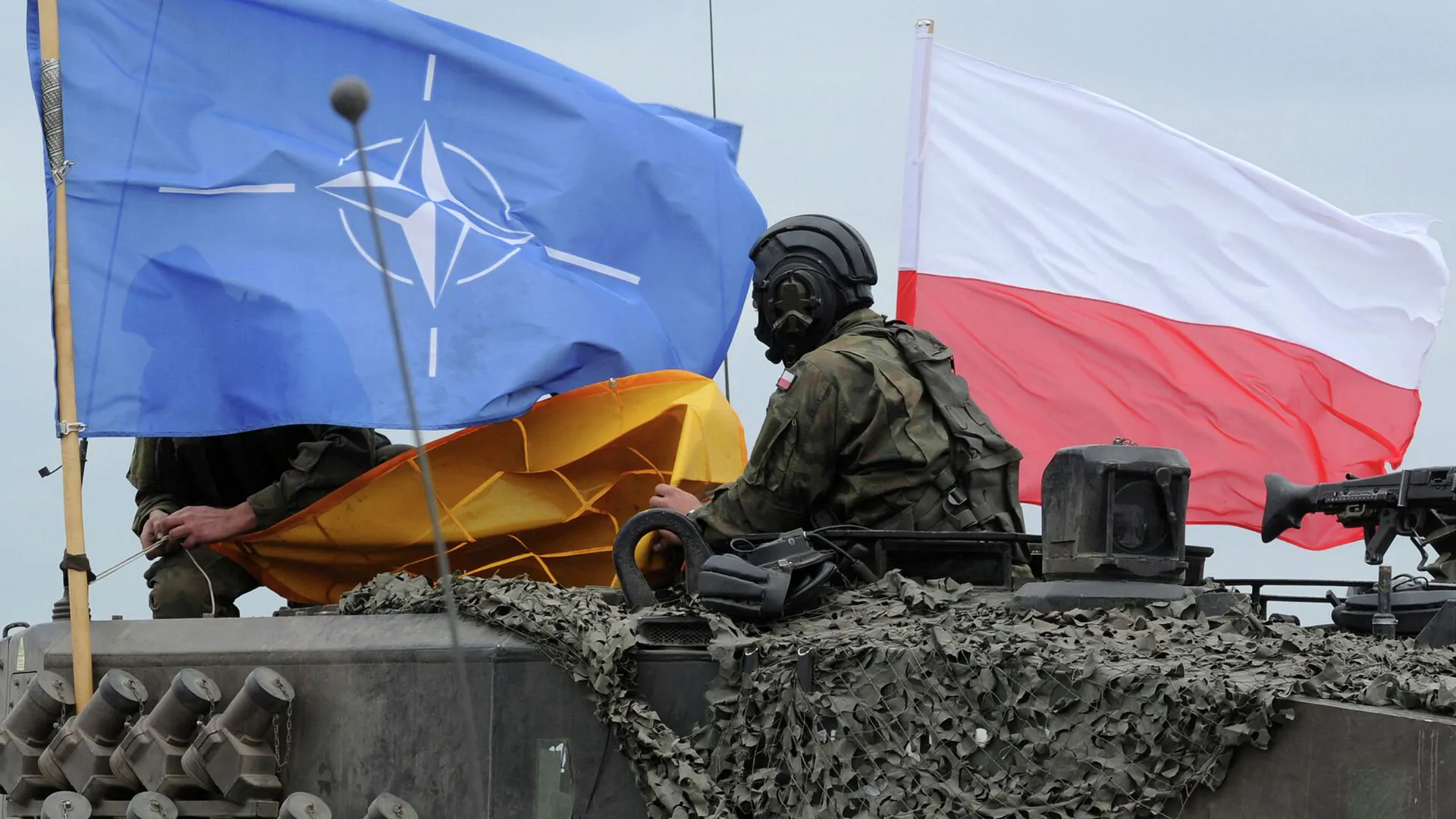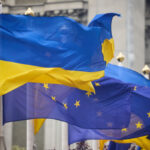Throughout the past centuries, Poland has repeatedly defended its survival, repelling attacks by the Ottoman Empire, Sweden, Austria, Germany (Prussia), and Russia. Although some of these invasions were not successful, the country has twice lost its independence over the last two centuries.
The Emphasizes Have Shifted
After regaining independence, Poland battled the Soviet Union, culminating in her victory and preservation of territorial integrity. However, almost two decades later, the signing of the Molotov-Ribbentrop Pact between Nazi Germany and the USSR led to invasion and occupation of the country. After the defeat of Nazi Germany, the USSR established a communist regime in Poland which lasted for over four decades.
Today Poland is a member of the European Union and NATO, playing a critical role in both organizations. Positioned in Central-Eastern Europe, Poland is a reliable ally of the US and a key NATO country on the eastern flank. The geopolitical and military-strategic importance of Poland has significantly increased after the Russian invasion of Ukraine.
Poland is a major advocate of Ukraine in the region, which is confirmed by the active strengthening of military forces. The effort to modernize has always been a priority of Polish national security strategy. By 2022, the country was spending 2.4% of its GDP on military needs, exceeding the 2% threshold set for NATO member countries. This can be explained by the geographical location of Poland, which borders Russia’s Kaliningrad exclave.
Reliable Partner or the Final Bastion?
The Suwalki Corridor, which runs through Polish territory, is the single land route connecting Belarus with Russia’s Kaliningrad exclave, thus it has strategic importance for Poland and her allies. With the recent expansion of NATO, including Finland and Sweden, access to the Baltic region has improved, but securing the land route remains important.
In recent years, NATO member countries have bolstered their forward deployment by deploying multinational battalions in Poland and other Eastern European nations. They have also increased the number of ships, planes, and forces along NATO’s eastern flank.
Poland takes on a large responsibility for the collective defence of the eastern flank. Starting from 2023, the country will devote 4% of its GDP to defense, a very high figure by NATO standards. Today, the Polish armed forces number about 150,000 personnel, and they plan to increase this number to 300,000 by 2035.
Preparation Continues
Poland has reached agreements totalling 4.9 billion euros to purchase 250 Abrams tanks from the USA and 4.6 billion dollars to buy 32 F-35 fighters. In addition, Poland ordered weaponry from South Korea amounting to 10 to 12 billion dollars, including 180 K2 Black Panther tanks, 200 K9 Thunder self-propelled howitzers, 48 FA-50 light attack aircraft, and 218 K239 Chunmoo multiple launch rocket systems.
Considering the significant investments in military capabilities, it can be assumed that Poland will be a leader in NATO in the coming decades in terms of deterring potential threats from its eastern neighbors and balancing the influence of its Western European partners.


